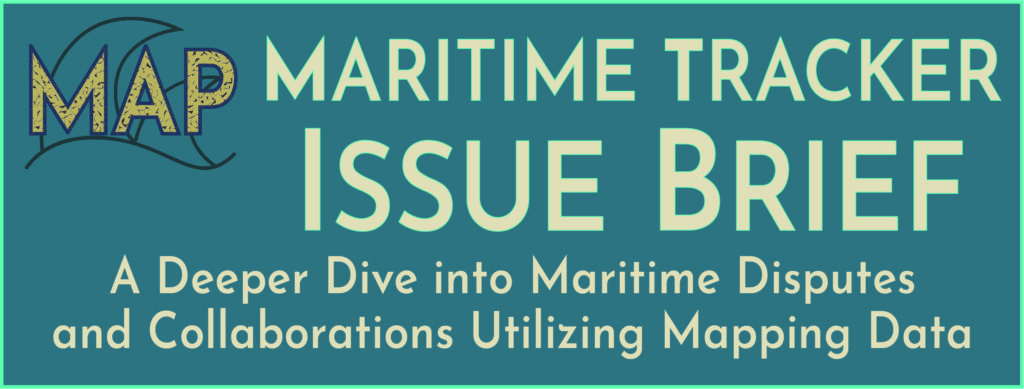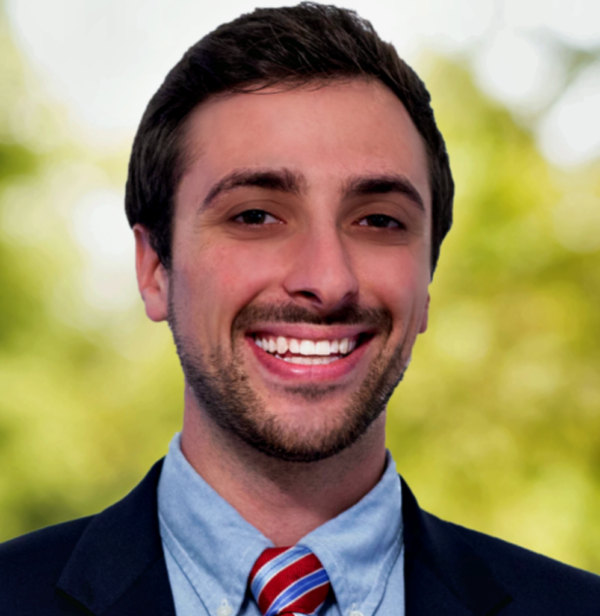

Research Associate & Program Manager, Maritime Issue Tracker Project Program
The Antarctic continent and Sub-Antarctic region are the other sides of the coin to the Arctic region. Aside from merely being the two poles of the planet and having similar climates, the two poles are related at many levels. The Polar regions of the globe—the Antarctic and the Arctic—are both viewed as emerging areas of competition over economic issues such as access to natural resources and new shipping lanes. However, as the regions are highly vulnerable to the effects of climate change, they are also areas that are critical for global cooperation on scientific research between regional and extra-regional stakeholders.
With all this in mind, the Institute for China-America Studies (ICAS) has decided to launch the Polar Trackers Project with the recognition that both the Arctic and Antarctic regions must be adequately addressed to fully understand the nuanced issues of each region. In particular, both the United States and China, as signatories to the Antarctic Treaty and Consultative Party members to the regime, each have a significant stake in the region. ICAS has released the first phase of the Antarctic Tracker as part of our commitment to providing researchers, academics, and policymakers in the foreign policy community with easy access to pertinent developments in the Polar South, particularly as it relates to growing U.S. and Chinese interests in the region.
The scope of the first phase of the Antarctic tracker focuses on two main aspects:
Antarctic sovereignty and sovereign rights claims are perhaps more unique than any other region in the world due to the fact that Antarctica, unlike the Arctic, does not have an indigenous population and the continent remains devoid of permanent human settlements except for the sake of tourism and scientific research. Despite this, there are a number of regional and extra-regional nations that have advanced sovereignty and sovereign rights claims in the Antarctic and Sub-Antarctic regions.
Of the original 12 signatories of the Antarctic Treaty, seven countries—Argentina, Australia, Chile, France, New Zealand, Norway, and the United Kingdom—have made sovereignty and sovereign rights claims to various parts of the continent and surrounding Sub-Antarctic region that occasionally overlap. Other countries, including the United States, maintain the position that they do not recognize these claims. Although Article IV of the Antarctic Treaty explicitly preserves the status quo, neither supporting nor denying any claims to sovereignty or sovereign rights claims in the region, it also states that no new claims, or the enlargement of any existing claims, may be asserted while the Treaty remains in force.
Aside from the typical baseline, 12 nautical mile territorial seas, and 200 nautical mile exclusive economic zone claims, another unique feature to some Polar regional claims is the existence of what is known as the “Sector Principle.” According to this principle, a triangle sector is extended from the South Pole from the use of meridians to demarcate maritime and terrestrial claims. This Principle was originally advanced by Captain Bernier in 1906 in the Canadian Parliament to apply to Arctic claims, and later the Antarctic. However, many countries, including those with Antarctic claims themselves, such as Norway, have rejected this principle, though they have still been advanced in the region by all seven Antarctic claimants as part of national legislation.
As with all of the ICAS maritime trackers, we make a distinction of claims that have been submitted to international bodies, following the entry into force of the United Nations Convention on the Law of the Sea (UNCLOS), and broader claims that are more rooted in national legislation. In areas where maritime boundaries are in dispute, we show the stated sovereignty and sovereign rights claims of each party based on the best publicly available information. The sovereignty and sovereign rights claims of the Antarctic may presently be a relatively cool issue when compared to disputes in other regions, but as the Antarctic Treaty becomes modifiable in 2048, and therefore may be renegotiated or replaced, stakeholder countries like the United States, China, Russia, and others may be prepared to influence future activity in the region, such as the question of whether to allow fossil fuel extraction or seabed mining as the melting ice creates opportunities for access to these resources.

To date, there are approximately 32 countries that maintain permanent active research stations in Antarctica. Governed by the Antarctic Treaty System since 1961, the continent is intended to be used only for peaceful purposes with an emphasis on promoting freedom of scientific investigation and cooperation. As Consultative Parties to the Antarctic Treaty, both China and the United States have demonstrated sufficient interest in Antarctica, according to Art.IX.2, by conducting substantial research activity there. As a result, the two countries have the right to participate in Antarctic Treaty Consultative Meetings and the decision-making processes that manage access to the continent.
Even the field of scientific research is not immune to the rise of renewed great power competition between the United States and China. Although not exclusively related to this competition, it has in part resulted in the two countries investing much more in the region over the last decade. For instance, in the United States there was a 2013 budget request of $658 million to replace aging icebreaker ships and add one to the fleet and a 2021 budget request of $1.6 billion to produce a polar nuclear-powered ice-breaker fleet prior to FY2029. Whereas with China, although official numbers of its Antarctic-related budget has not been released, it has released its government white paper, simply titled China’s Antarctic Activities. In this white paper, China states its primary goal in the region as the following: China wishes to work with the international society and collectively push for the establishment of a fairer, more reasonable international Antarctic order; to work together and build Antarctica’s “community with a shared future for mankind”; and contribute further to the stable and sustainable development of the Antarctic and global peace.
Within this maritime issue tracker, ICAS has chosen at this time to only count research station in its study that are in actuality full stations, regardless of whether they are seasonal or permanent. Although some research camps, refuelling stations, or other structures are sometimes conflated as being research stations themselves, the ICAS research team decided to include only facilities that are in actuality fully equipped research stations. Furthermore, our map includes the Antarctic sector claims as a point of reference, as the seven claimant countries typically only have their stations within the confines of each of their sector claims on the continent. This is pertinent to understanding why non-claimant countries, such as China and the United States, choose to construct their own research stations in different areas, as consultations with territorial claimants must typically be held as a prerequisite for construction to occur.
The Southern Ocean, which surrounds the continent of Antarctica, is home to nearly 10,000 unique species. Even though the world’s largest marine protected area (MPA), which covers an area of 600,000 square miles in the Ross Sea, is located in the Southern Ocean, only 5% of the region is currently protected. The Commission for the Conservation of Antarctic Marine Living Resources (CCAMLR), comprised of 25 states and the European Union, is the international body that is responsible for both designating and regulating Southern Ocean MPAs. As both China and the United States are members of the Commission, both countries have acceded to the Convention on the Conservation of Antarctic Marine Living Resources (CAMLR) and are “…engaged in research or harvesting activities in relation to the marine living resources to which the Convention applies.”
The CAMLR Convention is directly related and is an indispensable part of the Antarctic Treaty System (ATS). To ignore CCAMLR and the CAMLR convention would create an incomplete picture of the influence of the ATS, as well as its member states, on the governance of the region. Within these new features, an fisheries exploitation and an examination of the recent uptick in the exploration potential oil and gas reserves will also be considered. ICAS recognizes that the US-China bilateral relationship will continue to impact global affairs in both overt and nuanced ways. As this combination of cooperation and competition continues to grow, the Antarctic Tracker ensures that proper consideration will be given to each relevant region, no matter how seemingly remote it might appear.
In areas where sovereignty or sovereign rights are in dispute, we show the claims of each party based on the best publicly available information. ICAS emphasizes that these maps are not to be taken as an endorsement of any one party’s respective claims over another’s.

The Institute for China-America Studies is an independent nonprofit, nonpartisan research organization dedicated to strengthening the understanding of U.S.-China relations through expert analysis and practical policy solutions.
1919 M St. NW Suite 310,
Washington, DC 20036
icas@chinaus-icas.org
(202) 968-0595
© 2025 INSTITUTE FOR CHINA-AMERICA STUDIES. ALL RIGHTS RESERVED.
Diverging Currents: U.S.–China Strategies on Deep Seabed Mining and the Future of Ocean Governance